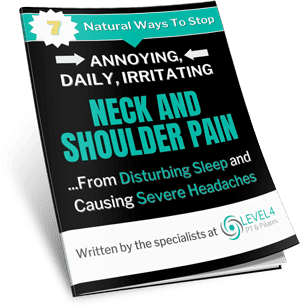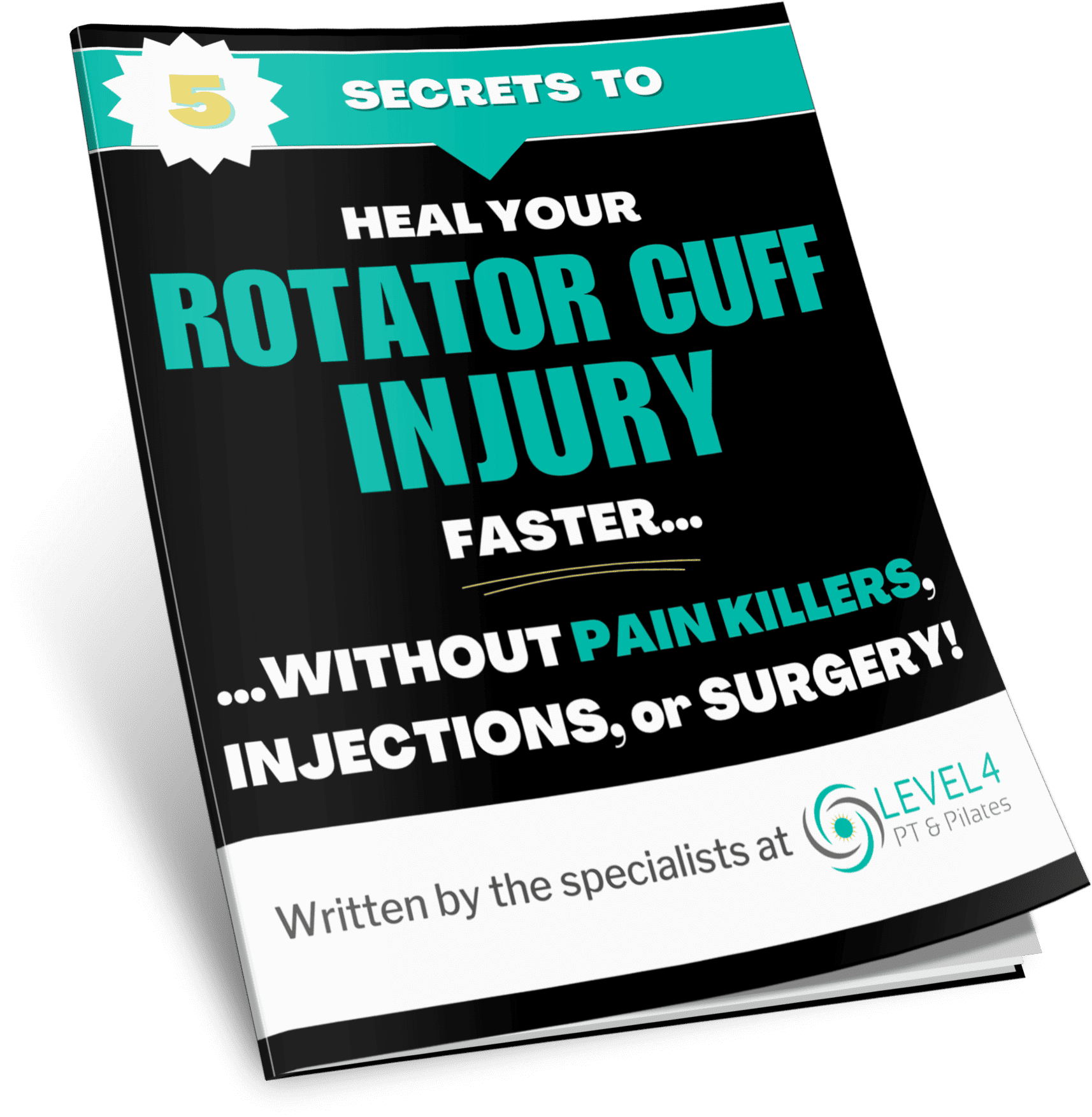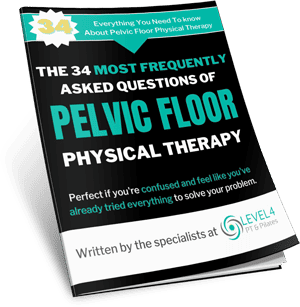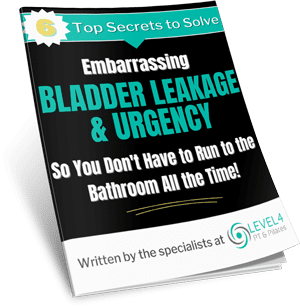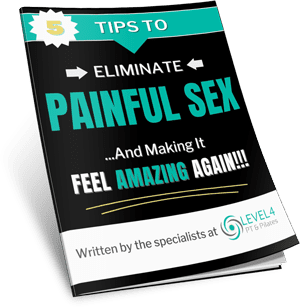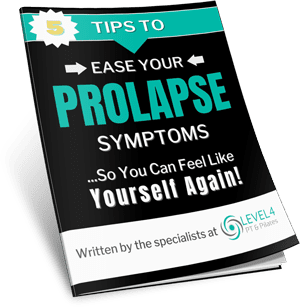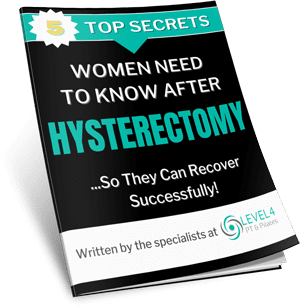
This question was asked by one of our new clients who is suffering from knee pain:
“Dr. Andalon, I’ve suffered with an on-off type of knee pain now for more than a year. What I can’t put my finger on is when it started or why, and more confusing is that my knee pain gets worse as the days goes on, especially after I exercise.
And for a while now, I have noticed that going up and down stairs causes me considerable knee pain – especially when I have to go down them. At times I have to carefully go down the stairs slightly sideways – like I’m a contestant in a beauty pageant trying not to fall.
I’ve always been an active person and have always taken the stairs at work. But now, I am forced to use the elevator; something I thought I would never have to do – at least not at my age. Do you know what I could be doing wrong or know why I have knee pain while going up and down stairs?”
– Christine, 42. Encinitas, CA.
What’s happening here is likely to be a simple case of the muscles around Christine’s knee joint to be “weak” and others to be “tight”.
As in, the muscles just aren’t strong enough and others aren’t flexible enough to be able to last through the activities that she wants her body to do and where she wants to go.
Another big culprit could be improper movement habits while Christine is performing her exercises at the gym. Certain joints aren’t moving like they are supposed to (ankles and hips) and therefore her knees are taking up most of the force.
Think of it like this:
Whether you try to squat on to the toilet, couch, chair, bench, squat machine at the gym or go up and downstairs, you have to have the adequate ankle and hip mobility in order for your knee not to significantly go past your toes.
Now, I’m not saying your knees can’t go passed your toes when you squat, but if the movement is initiated at your knees first versus your hips, then you are causing an abnormal shear force in your knee joint that with time will cause major problems.
You also need to have good muscle strength and flexibility in your quadriceps, hamstrings, calf, and hip muscles along with core stability. This is especially important when lunging or squatting so your knee tracts appropriately and you can avoid developing osteoarthritis in your knee joint.
And if a muscle, any muscle, is weak or a joint is damaged in some way, it’s not going to be able to support you through the long day ahead and especially during certain activities that place the knee joint in its most vulnerable position.
So, when you attempt to squat to a certain depth or when you go up and down the stairs, you’re placing a lot of force in the knee joint – and when irritated and/or injured, it will not be able to support your body weight and will give you pain.
And when they do this, joints, such as your knees, are left to fight their own battles! And that’s not good. Particularly if you’re aged 40+… as that’s the period where cartilage really damage begins (arthritis) and surfaces of your knee start to rub together.
And without muscles to support these knee joints, (or just really tired, weak and stiff ones), you’re much more likely to suffer knee pain or aches.
If this problem isn’t corrected you may develop something called chondromalacia patellae.
What is Chondromalacia Patellae?
Big name, big trouble – a very common problem: chondromalacia patellae is the medical name for one of the most common knee problems we treat in the clinic.
Chondromalacia patella is the softening and breakdown of the tissue (cartilage) on the underside of the kneecap (patella). Pain results when the knee and the thigh bone (femur) rub together. Dull, aching pain and/or a feeling of grinding when the knee is flexed may occur.

What Causes Chondromalacia Patellae?
The most common causes include:
- Excessive use of the knees: This can result from running, jumping, or any activity that requires heavy use of the knees. Chondromalacia is often called "runner's knee" for this reason. It occurs in people of any age and is common in young, active athletes.
- A kneecap that is out of alignment: If the kneecap is not in the proper position, the cartilage will not be able to protect it from rubbing. Some people are born with a misalignment of the knee that can cause this issue.
- Weak muscles in the thighs, hips or calves: The leg muscles help support the knee and keep it in place. If they are not strong enough, the knee may not track appropriately. Even a slight misalignment can gradually wear down the cartilage and cause pain over time.
- A knee injury: An accident, fall, or blow to the knee can throw the kneecap out of proper alignment, damage the cartilage, or both.
Symptoms of chondromalacia include:
- Dull, aching pain that is felt in or around, on the side, behind or below the kneecap, especially on climbing stairs, during intense activity, or staying in one position for a length of time (sitting)
A feeling of grinding (crepitus) is felt when the cartilage is worn down, or the kneecap isn’t sliding in its groove. This is typically felt when the knee is flexed during exercise or during heavy use of the legs. This can happen while:
- Doing knee bends
- Going up or down stairs
- Walking down hill
- Standing up after sitting for awhile
Activities that might cause pain include:
- running or walking down hills or stairs
- walking on uneven ground
- hiking
- snowboarding or skiing
- tennis, soccer, basketball or any other sport that requires quick agility movements
- climbing stairs
- straightening the knee while it is bearing weight
Many times, if you stop doing the activities in mention, the pain may go away.
Although the pain may go away for some with walking, it’s only because the knees do not have to move as much. Because as soon as you squat, kneel, or sit with your knees bent greater than 90 degrees it may instantly cause your pain to return with this condition.
This is why the knees often hurt when a person is going up or down the stairs. This deeper movement means that the kneecap is forced to slide up and down over the femur more than usual… and if your cartilage is beginning to wear out, watch out!
Add in excessive utilization of the knees with running, jumping, high-intensity workout routines or any activity that needs heavy use of the knees, it’s no wonder we are seeing more clients needing total knee replacements in their mid-forties to early fifties. This is why it’s not uncommon inactive people, fitness enthusiasts and occurs in people of any age.
Who is at Risk for Chondromalacia Patella?
Many people are surprised to find their cartilage is damaged because they’ve never hurt their knees in the past. Unfortunately, chondromalacia can be brought on by more than an accident or injury.
People who are at risk for developing chondromalacia patella include:
- Those who are overweight
- People who have had an injury, fracture, or dislocation related to the kneecap
- Runners, soccer, basketball, tennis players, weightlifters and exercise enthusiasts, cyclists, and other people who exercise often
- Teenagers and healthy young adults, more often females
Treatments for Knee Pain
People who have symptoms of knee pain from chondromalacia should seek out early treatment to prevent further damage and alleviate pain. If chondromalacia isn’t treated, it may lead to patella-femoral arthritis.
This occurs when the cartilage becomes worn away by harm. The most important thing to understand is that when the cartilage is lost, it cannot grow back.
If you or somebody you know who is currently dealing with frustrating knee pain, below are four easy things you can begin right away to help:
1). Do Lighter Exercises
Low-impact exercises such as swimming, Pilates, cycling and at times walking on level surfaces are good choices to keep the muscles strong without worrying about knee pain.
< – How Pilates Can Help You Recover From A Knee Injury – >
Make sure you stick to exercises that are comfortable. This may help prevent further damage.
If knee pain is caused by performing any of these activities we recommend you avoid these activities and follow tip #2.
2.) Physical therapy

Consult a physical therapist who performs a thorough assessment and works with individuals to perform the appropriate exercises and stretches for your specific problem.
3.) Working toward a healthy weight.
Being obese can be detrimental to your knees. Losing weight may alleviate pressure on the knee joint.
It’s important to keep in mind that losing weight is not a race – whether you need to lose 20, 50 or even 100 pounds – and that the benefits of losing weight and being physically active go far beyond how you look in the mirror. It’s a lifelong process to become a healthier you – for yourself and your family.
As always, consult your health care provider before beginning any weight loss program.
4.) Alternative injections.
In the day of stem cell therapy, there are other alternative approaches. One way you can treat osteoarthritis worth mentioning is with platelet enriched plasma (PRP), which can repair the defects of hyaline cartilage to a certain degree. But it may require 2 to 4 such injections to bring the joint back to normal. PRP is derived from the patient’s blood, which is spun down in a centrifuge.
< PRP Injections: Why Physical Therapy Plays A Key Role In Your Success >
So, the Answer to Christine’s Knee Problem?
Well, it’s likely to be a simple case of strengthening knee muscles (and hip and lower back ones too) to make them stronger, stretch other muscles that are stiff and tight, and improve the mobility of neighboring joints. But here’s something people often get wrong: simply resting every day will do very little to strengthen muscles – if anything, it’ll make weak muscles worse and mean you’re more likely to suffer more pain, not less.
The answer is not found in more exercising, it’s in doing the right exercises to strengthen and stretch the right muscles which means your knee will be strong enough to go up and downstairs again, meaning you can resume your active activities and exercise routine to keep your heart and lungs healthy and do it with less knee pain at the end of a day.
If osteoarthritis is severe you have other alternative treatments with stem cells that have helped many from going under the knife.
What to Do Next
If you want more information on how to ease knee pain and keep active without needing pills, injections, or surgery, we offer a FREE one-on-one 30-minute Discovery Visit with one of our knee pain specialists to help answer all of your pressing questions and concerns.
Finally learn how to unlock the agonizing mystery of knee pain and get back the active lifestyle you deserve, for good! To find out more information call (760) 503-4440 and one of our specialists will be happy to assist you.
P.S. For a completely free tips guide on ways to ease chronic knee pain naturally, please visit www.level4pt.com/knee-pain/ or call our office at (760) 503-4440.

- Can Physical Therapy Help My Muscles After Having Covid? - January 26, 2022
- The Real Story Behind What’s Causing Your Sciatica - August 30, 2021
- Should I Have Surgery to Repair a Tear in My Rotator Cuff? - February 9, 2021





